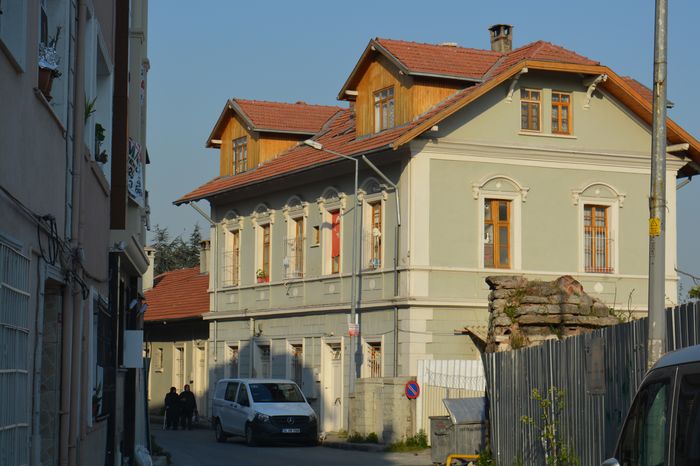Slightly less elegant and also less expensive was the Spanish fish sauce called garum, made by steeping fish eggs and entrails in brine. Garum increased in popularity through late antiquity, and we know that an Ital¬ian traveler, Liutprand of Cremona, saw it as late as the tenth century in Constantinople.
The meats of preference included buffalo, oxen, goat, sheep, and pig (our beef cattle were unknown), and the lower classes could sometimes afford sausages made from the butchered leavings. The taste for wild game was more catholic: deer, gazelle, wild goat, wild boar, bear, and more commonly hare. Medical writers liked to recommend chicken, but there was not an abundant supply. The list of game birds seems endless: ancient Romans knew duck, goose, quail, pigeon, partridge, peahen, and crane, and enjoyed many of their eggs.
The rich at Constantinople
The choice of a beverage was simple: either water or wine. The rich at Constantinople could afford to sneer at the aqueduct water that came from many miles away, and a western visitor agreed that it tasted salty and bad. Better to drink wine. Sweet wines were preferred to dry, and retsina, or resinated wine, was practical and popular from an early date. Retsina was named for the pine resin that waterproofed the earthen wine vats and also helped stabilize it and prevent spoilage LIVING IN A MATERIAL WORLD. Wines like these were generally “cut” at least fifty-fifty with water—so they lasted longer and addled the drinker less.
The people of late antiquity drank, ate, and sometimes did not eat. Some people who read this book know what it is like to go to bed hungry, but few will know what it is like to spend your whole life without the as-surance that you will not face grinding, incessant hunger next month or next year. Poverty and famine tormented many people in ancient times. The great moral risk for the student of ancient history is that we too easily inure ourselves to its brutalities and miseries because we admire what the rich and powerful were able to accomplish.
Joshua the Stylite tells
So the chronicle of Joshua the Stylite tells us of one famine around the frontier city of Edessa in the years 499-501.13 Two harvests failed in 499. First a swarm of locusts savaged the wheat, and then a few weeks later the millet did not get the weather it needed. The price of bread rose immediately, and people began to sell their possessions just to buy it. Many fled the region, while others flocked into the city and became beggars. Disease was rampant and—the story goes—some people were reduced to eating the flesh of the dead. Desperate farm people tried eating lees, the sediment remaining after grapes were pressed for wine, while city folk tried roots and leaves. They all knew the dread of looking at emptied larders while knowing that months remained until the next growing season could possibly bring relief.








